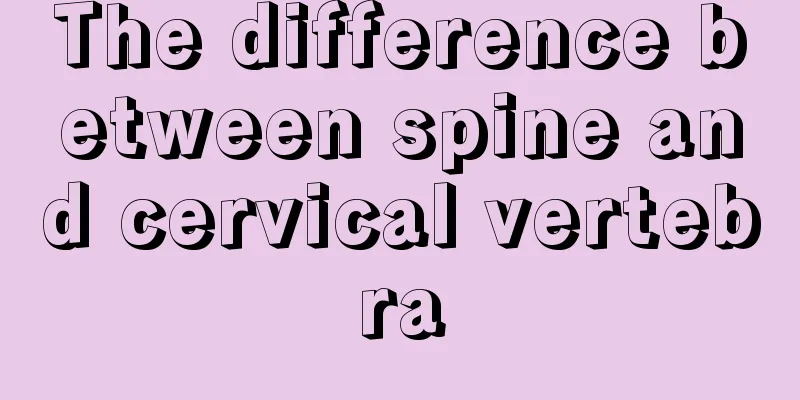Sequelae of urethral stent placement

|
In fact, some problems will arise after the placement of the urethral stent, which will lead to many sequelae. The most common sequelae is hematuria, which is very dangerous. If this is the case, you need to go to the hospital for a detailed examination in time, otherwise it will be very bad for your physical condition. If you don’t treat it, it may cause lower urinary tract infection. (1) Hematuria: Intermittent hematuria may occur after stent implantation. This may be related to the patient's long-term use of a urinary catheter, which may cause urethral infection and mucosal erosion. After stent implantation, the stent is exposed, further aggravating the damage to the urethral mucosa. (2) Lower urinary tract infection: This is related to the presence of residual urine volume, exposure of the stent, and decreased systemic or local resistance of the patient. (3) Urinary incontinence: This is caused by improper placement of the stent, with the lower end of the stent passing beyond the membrane. (4) Retrograde ejaculation: The reason is that the front end of the stent is close to the bladder neck, which causes the internal opening of the urethra to fail to close during ejaculation. (5) Urinary retention: Urinary retention still occurs after prostate stent placement. There are usually 5 situations: a. Postoperative blood clot blockage; b. Patients with chronic urinary retention who wore a catheter for a long time before surgery and had fibrosis of the bladder detrusor muscle; c. The upper part of the prostate urethra is not covered by the stent; d. Excessive proliferation of granulation tissue or epithelium in the stent causes stent stenosis; e. The prostate tissue continues to grow, exceeds the two ends of the stent, and blocks the stent. A large number of clinical reports have shown that the short-term efficacy of stent therapy is definite, but its therapeutic effect tends to decline over time. There are still some problems to be solved: 1) Prostatic hyperplasia is a benign progressive disease that increases with age. When it continues to grow, it may exceed the range supported by the stent. 2) After the stent is implanted, there will be varying degrees of granulation tissue and epithelial hyperplasia within the stent. 3) How to better understand the indications and contraindications, select the stent with appropriate specifications and length and place it in the appropriate position. Hyperplasia is a common and frequently occurring disease among middle-aged and elderly men, with an incidence rate of 50% to 90% in those over 50 years old. It generally causes urethral stenosis and leads to urinary retention. Existing treatment measures such as open surgery or endoscopic surgery are highly risky, and patients may even be unable to undergo surgery. Drug therapy is difficult to effectively relieve obstructive symptoms. Suprapubic cystostomy or indwelling catheters bring inconvenience to patients' lives. Inevitable retrograde urinary tract infections and various complications not only affect patients' survival time, but also reduce their quality of life. In addition, benign urethral hyperplasia and urethral tumors accompanied by posterior urethral stenosis and obstruction can also cause urinary retention. The advent of metal stents has provided a new treatment technology to solve this difficult problem. Urethral stent placement has made great progress in my country in recent years. Currently, the commonly used method in clinical practice is to place a urethral stent at the site of urethral stricture to expand the urethral stricture or obstruction. This stent is made of stainless steel, synthetic fiber silicone or nickel-titanium alloy. It can be placed in the narrow part of the urethra through a cystoscope to expand the originally narrow and closed posterior urethra. It can enable most patients with dysuria to restore urination function after the placement of the urethral stent. |
Recommend
Can kidney yin deficiency be treated with moxibustion?
Everyone's physique is different, and people ...
Who is more likely to develop breast cancer? You must pay more attention to these 9 types of people
The incidence of breast cancer is inseparable fro...
Will washing your face with salt water eliminate acne?
Salt is a condiment that we cannot do without. Si...
What is the reason for gray eyebrows
On TV, we often see some characters use white eye...
How to remove the food remaining in tonsils
Tonsils are mainly located in the throat, which i...
How long does it take for thyroid cancer to develop into stage I?
It usually takes 1-2 years for thyroid cancer to ...
Migratory pain in bones all over the body
After a tiring day, many people will feel unwell....
What are the diagnostic criteria for tongue cancer?
What are the diagnostic criteria for tongue cance...
Can I smoke after having my teeth pulled out?
You need to have a good rest in a short period of...
After laryngeal cancer surgery, it is best to dry first and then dilute
Cooking nutritious porridge, nourishing soup... T...
What are the symptoms of advanced primary liver cancer? Five symptoms of advanced primary liver cancer
Primary liver cancer is a very serious liver dise...
The difference between hydrogen peroxide and saline
Normal saline and hydrogen peroxide are both comm...
Be careful of these transmission routes for herpes infection
Herpes is a common infectious skin disease. There...
Why does my face sweat so much
The face is very important for women, because eve...
What causes lip spots?
If you have spots on your lips, you should pay at...









